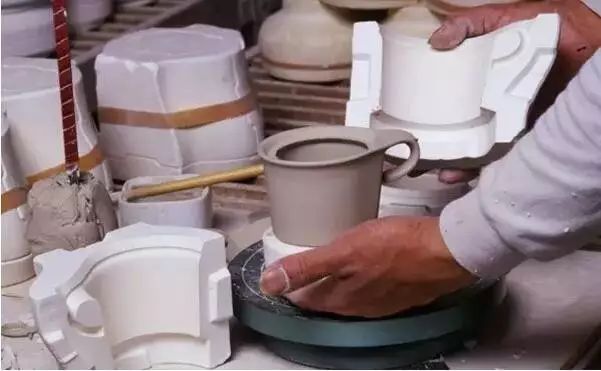Ceramic dinnerware, the traditional concept of ceramics refers to all artificial industrial products that use inorganic non-metallic minerals such as clay as raw materials. It includes various products made by mixing, shaping and calcining clay or a mixture containing clay. It ranges from the roughest earthenware to the finest fine pottery and porcelain. Its main raw materials are silicate minerals (such as clay, feldspar, quartz, etc.) taken from nature, so it belongs to the same category of “silicate industry” as glass, cement, enamel, refractory and other industries.
The firing and application of ceramic dinnerware has a long history in my country. Its shapes are diverse, colorful, cool and smooth, easy to wash, and are deeply loved by the Chinese. Today I will introduce to you how a set of ceramic dinnerware was born.
1. Design product map
Design products from the aspects of form, function, graphics and color, and combine with other materials under certain circumstances to design ceramic products.
2. Make product models
In general, there are several types of repairs:
1. Plastic clay molds: mainly used to make ceramic molds of sculpture type.
2. Gypsum mold species: mainly for daily use and artistic ceramics.
3. Metal and other materials: production of wall tiles, face tiles and other types of ceramics.
4. Sulfur mold species: made from plaster molds, the purpose is to make more and more convenient gypsum molds.
3. Make production plaster mold
4. Pour the pulp
The pouring is to use the water absorption of the gypsum mold to inject the fluid mud into the gypsum mold, so that the mud is dispersed and adhered to the inner wall of the mold, forming the same mud layer as the mold, and gradually layering with time. Then, when it reaches a certain thickness, it will fall off from the mold after drying and shrinkage, and then the green body is made after demoulding and removal.
5. Repair and replenish water
For the green body after the handle and the flow nozzle are bonded to the daily-use ceramics, because the surface is not smooth, the edges have burrs, and some still have mold seams or flow, so it needs to be further processed and smoothed. It is trimming. Billet trimming, also known as “rotary billet” or “bright billet”, is one of the most important processes in ceramic molding. The finished fine blank is the key link in the final determination of the shape of the utensil.
Post time: Jun-28-2022













